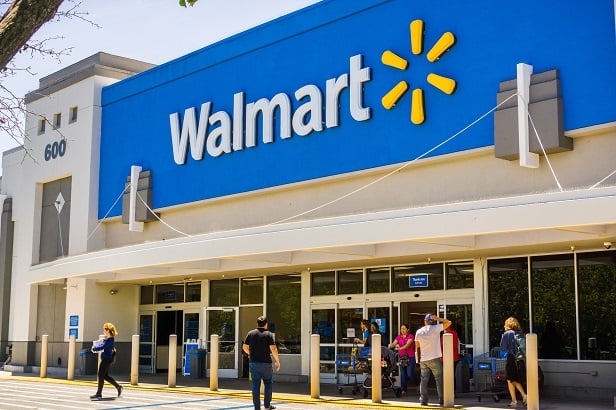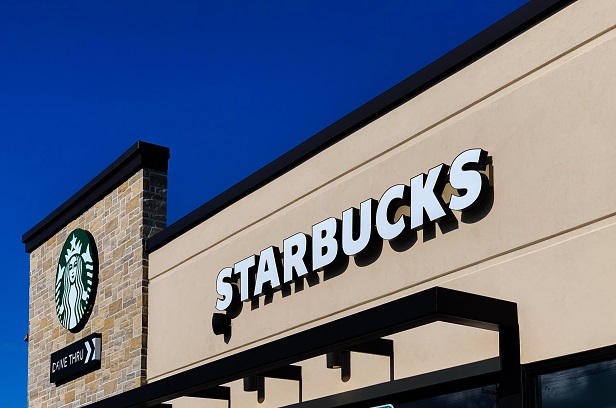While individual net lease investments may not have the scale of large apartments and offices, smart technology can provide similar value to retail owners.
"The software has gotten much more dynamic over the last couple of years and made the property management job much easier," says Noah Shaffer, senior director of asset management for Confidant Asset Management. "If I'm a tenant and my roof is leaking, I can now file a maintenance request online. The property manager can look at it, click a button and schedule the vendor who's assigned to that individual property. They don't have to look through their Rolodex, call the vendor, and describe the situation. It's very streamlined."
But as with large apartments and offices, scale also matters in retail strip centers. Owners of assets from 100,000 to 400,000 square feet are investing in these technologies for utilities and facilities management.
"When it comes to the individual tenants, they're focusing more on it in smaller properties," Shaffer says. "If you have a free-standing burger chain or something, the tenant is the one invested in that because they want to see where their customers are coming from. Are they coming from 15 or minutes away? They can find that out using cellphone data."
Strip centers are also evaluating these technologies to help decide how to allocate the common area maintenance charges to tenants. Data from these areas can tell landlords if they have the correct allocation of charges or if they need to reevaluate them on lease renewal.
"In a 300,000-square-foot center with a Home Depot, Publix or something of that sort, who is actually generating most of the expenses?" Shaffer says.
Some strip centers and malls are starting to put up sensors to check foot traffic and utilities. "Things like electricity and utilities are monitored on a per suite and per-tenant basis," Shaffer says. "You can see who's using them at what times and adjust accordingly."
This technology is also forcing other changes. "The role is changing pretty dynamically on the property management side," Shaffer says. "It is more about doing capital projects to help position the retail center. It's no longer just sitting in the background and handling anything that comes up, although that's still a part of it. They have to be much more dynamic."
Shaffer sees more landlords adopting these technologies over the next five to 10 years. "A lot of technology can be used to streamline the process. There will probably be a reduction in the property management sector in office, retail and industrial," Shaffer says.
As this technology is adopted, the skills needed to maintain these buildings also change. "You will still have maintenance tech, and they'll be able to handle five properties," Shaffer says. "But the majority of the hires will be people that can make effective decisions and conduct analyses on the data that's being presented to them through these management platforms," Shaffer says.
Want to continue reading?
Become a Free ALM Digital Reader.
Once you are an ALM Digital Member, you’ll receive:
- Breaking commercial real estate news and analysis, on-site and via our newsletters and custom alerts
- Educational webcasts, white papers, and ebooks from industry thought leaders
- Critical coverage of the property casualty insurance and financial advisory markets on our other ALM sites, PropertyCasualty360 and ThinkAdvisor
Already have an account? Sign In Now
*May exclude premium content






